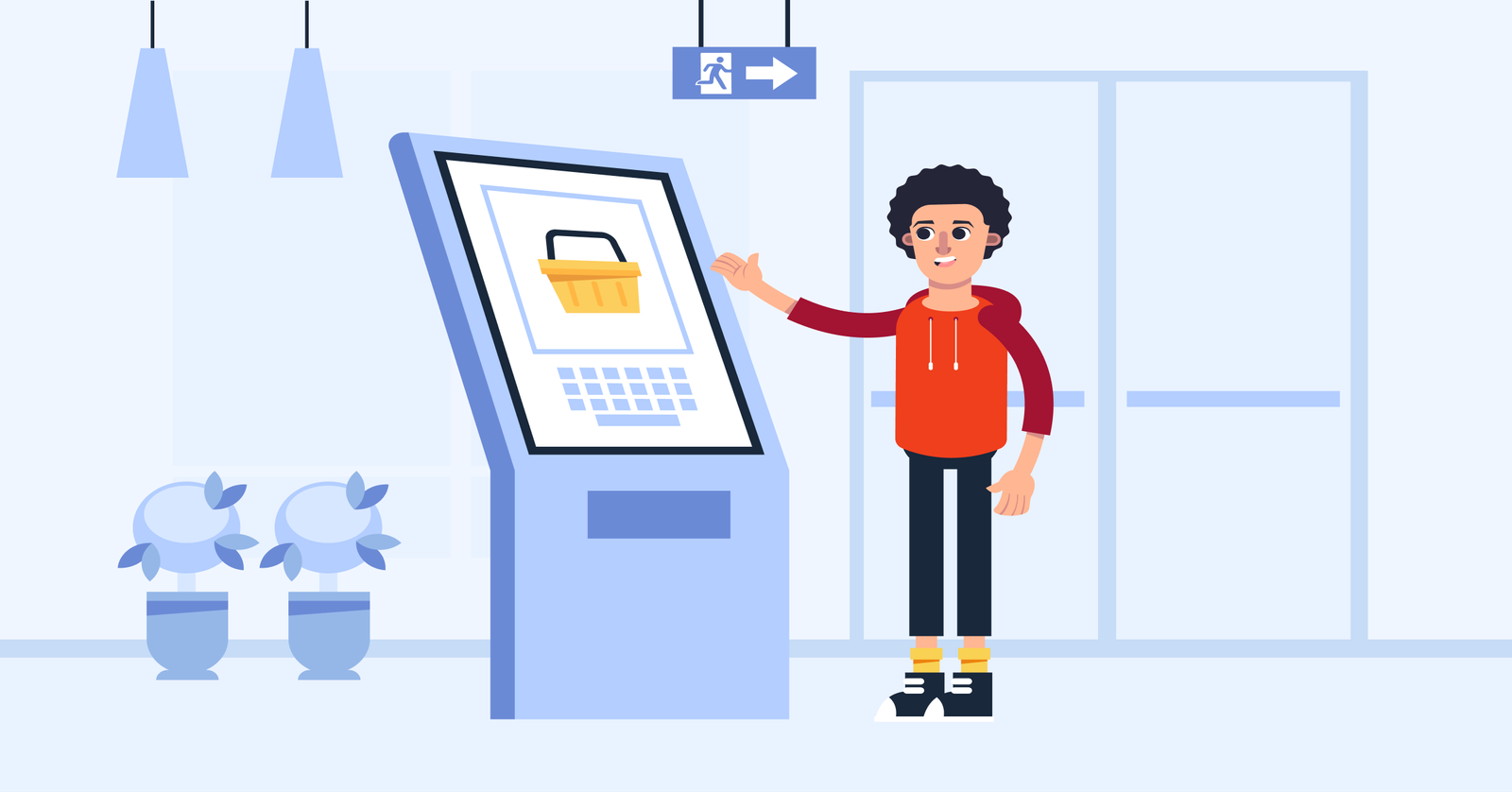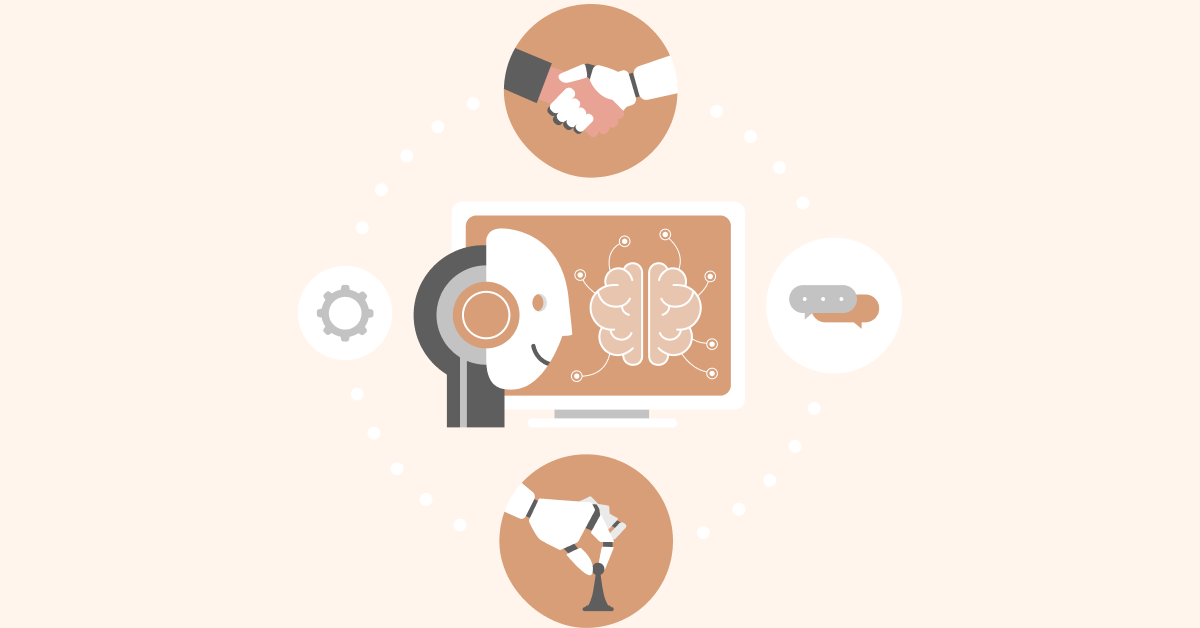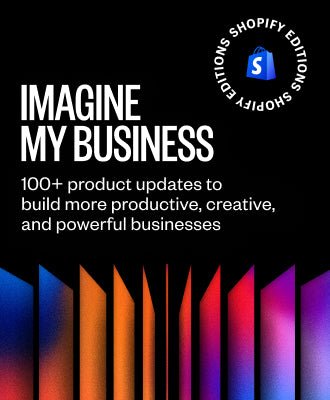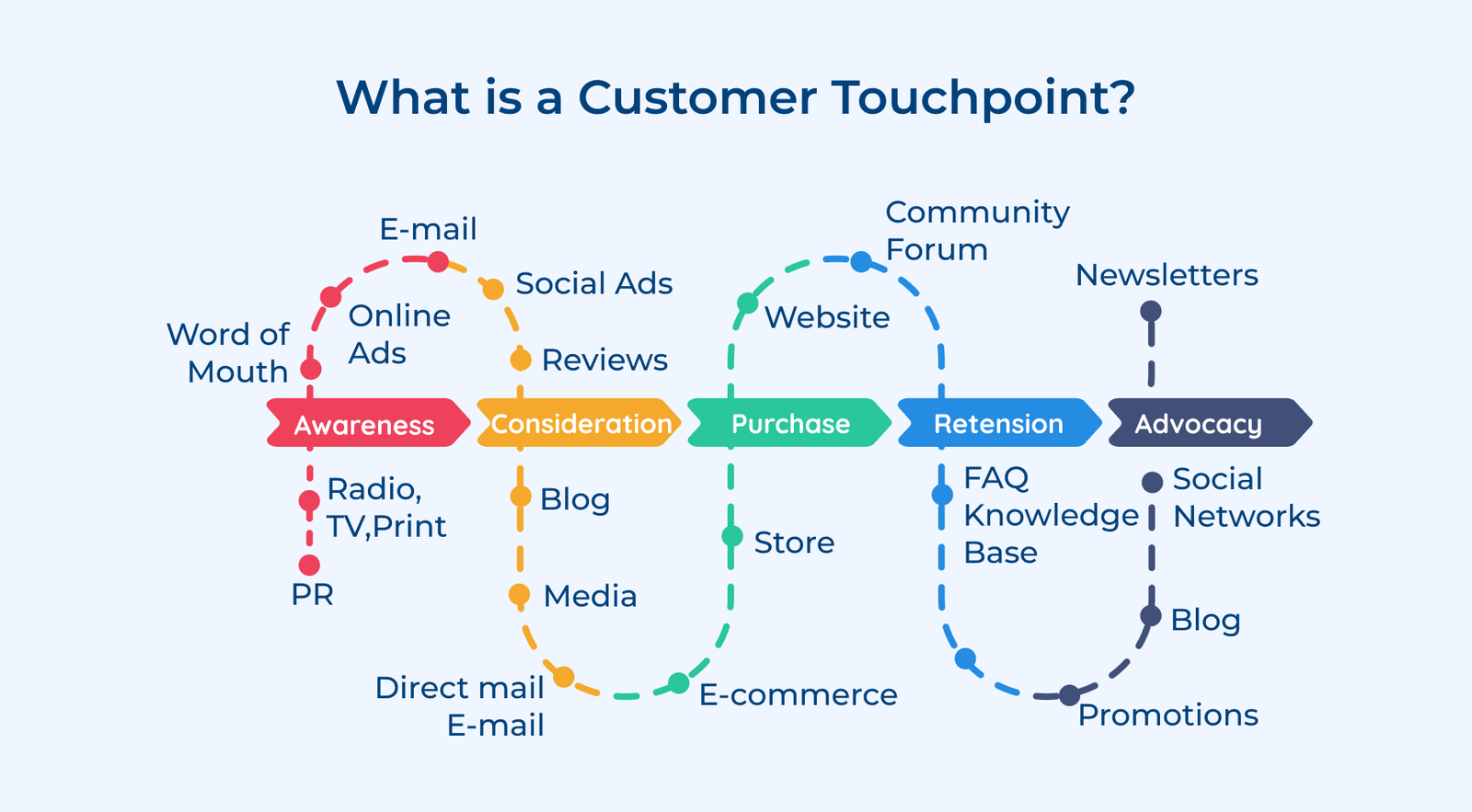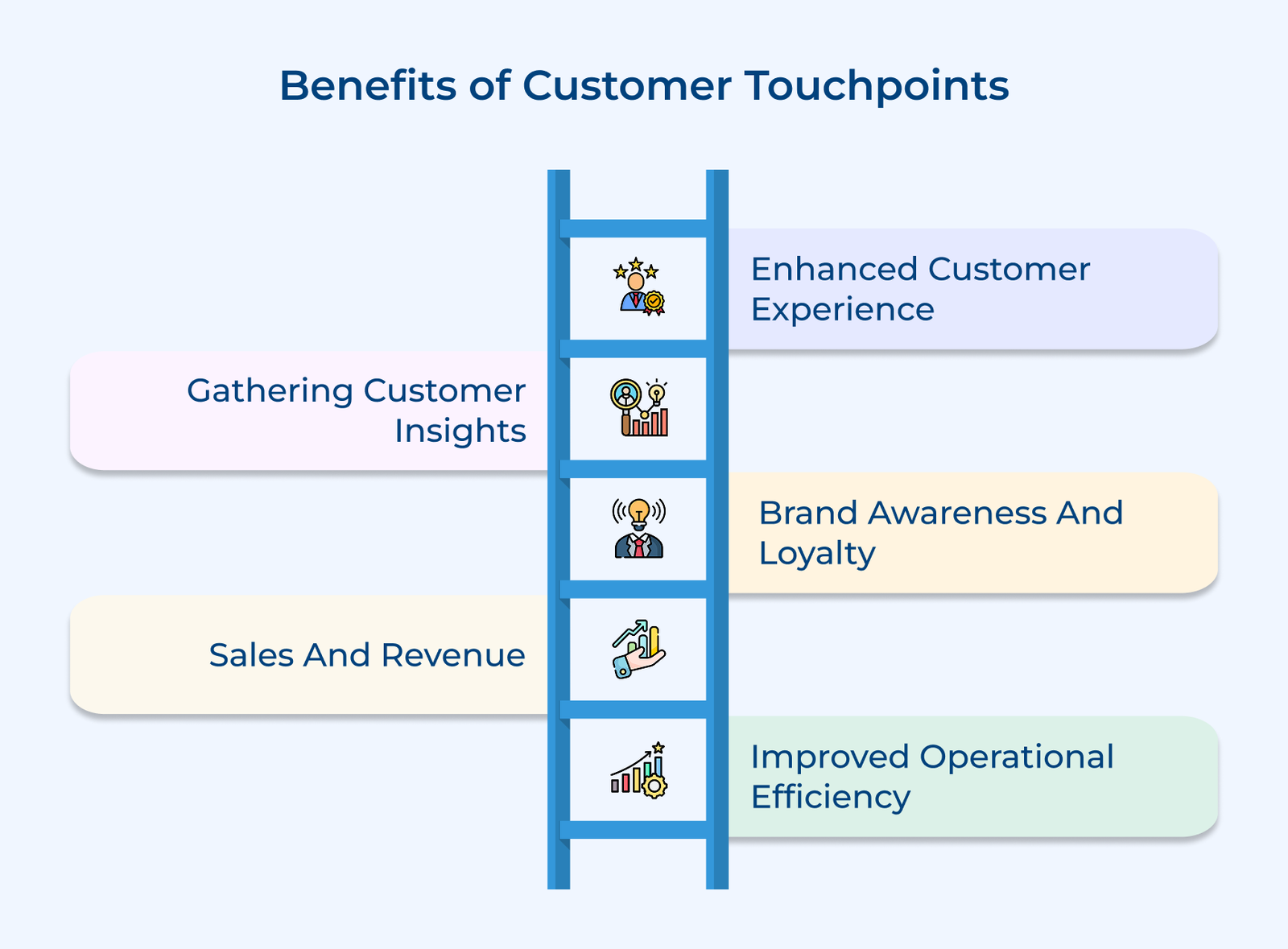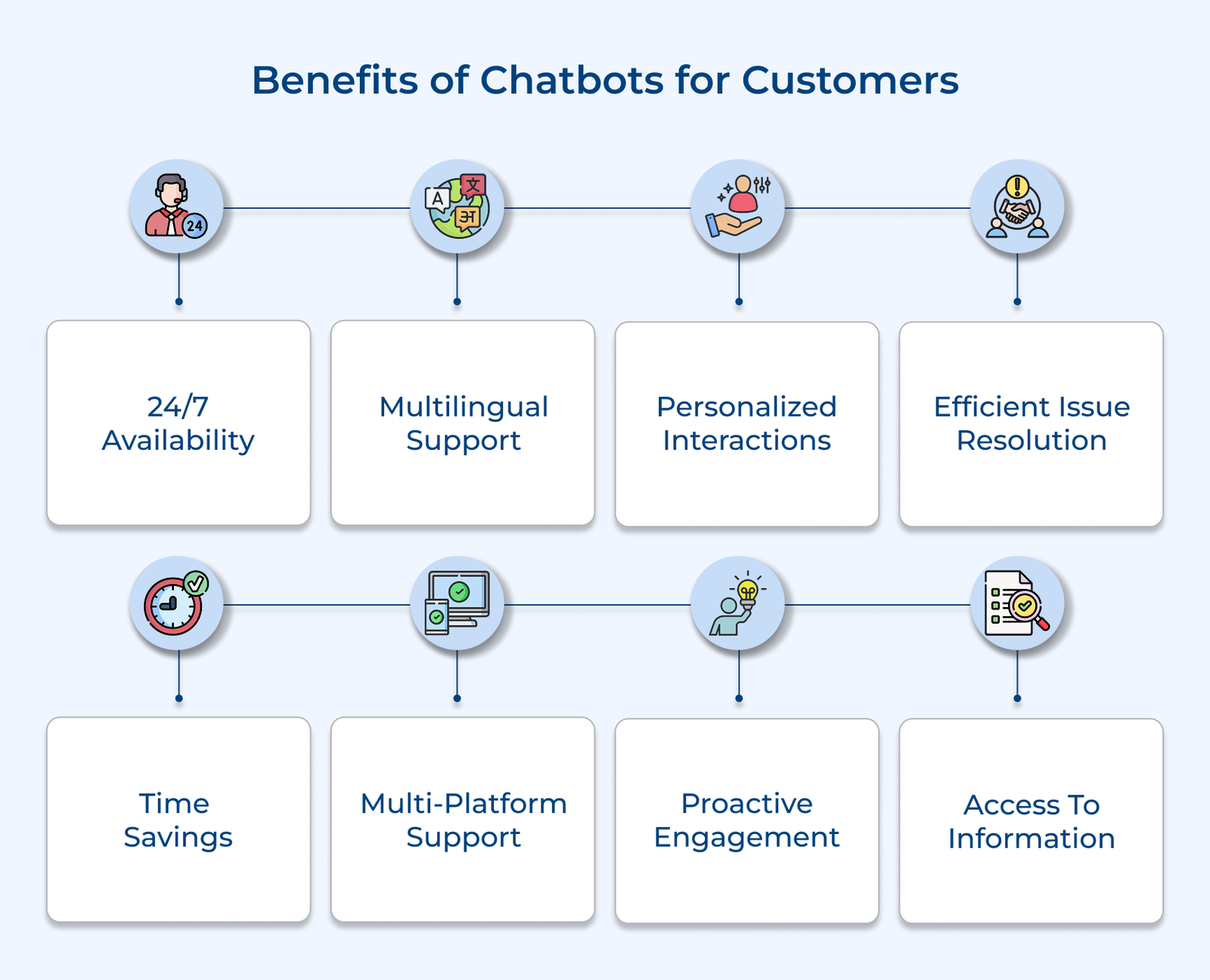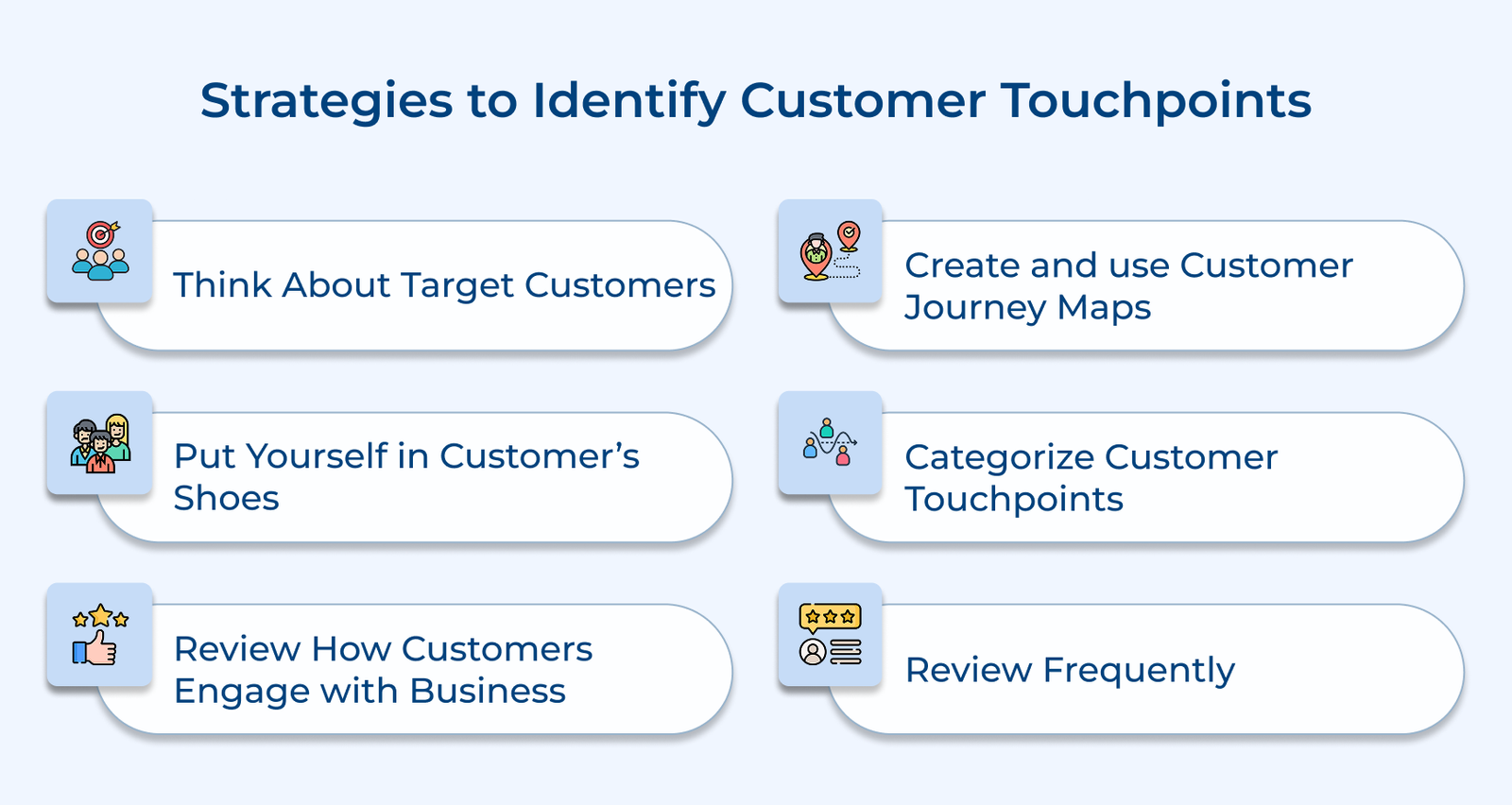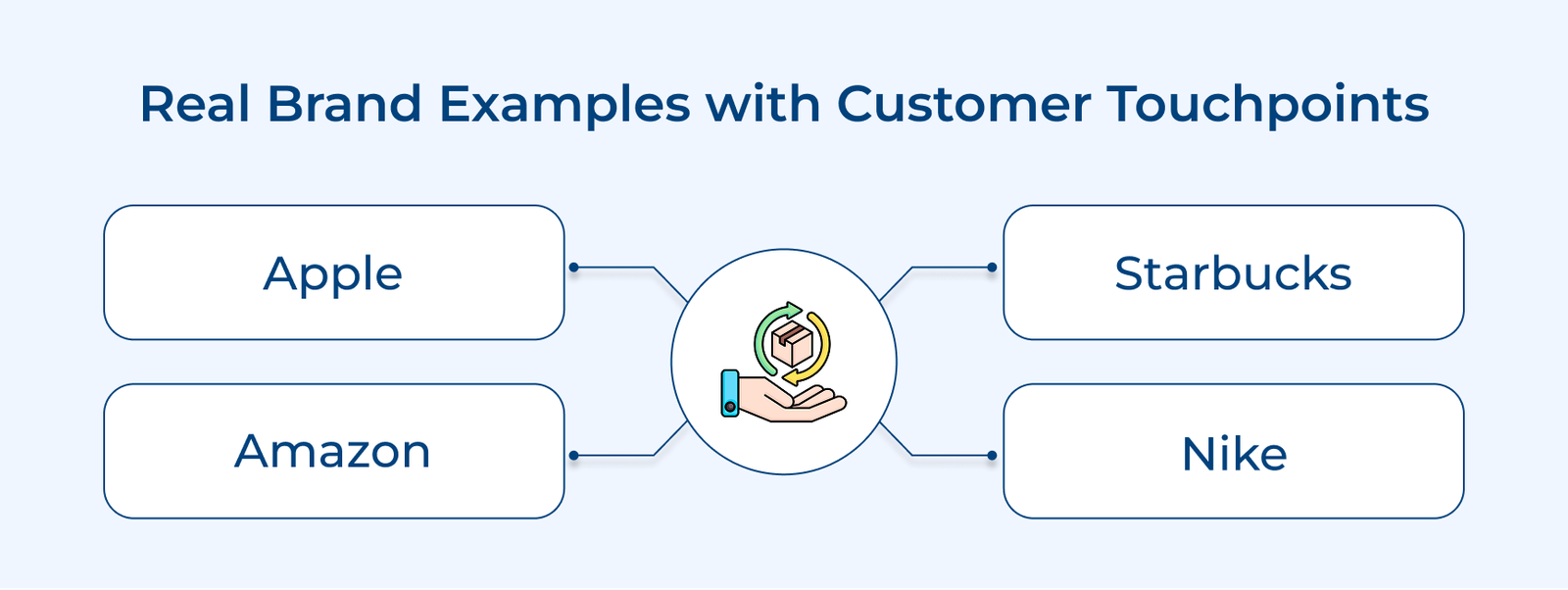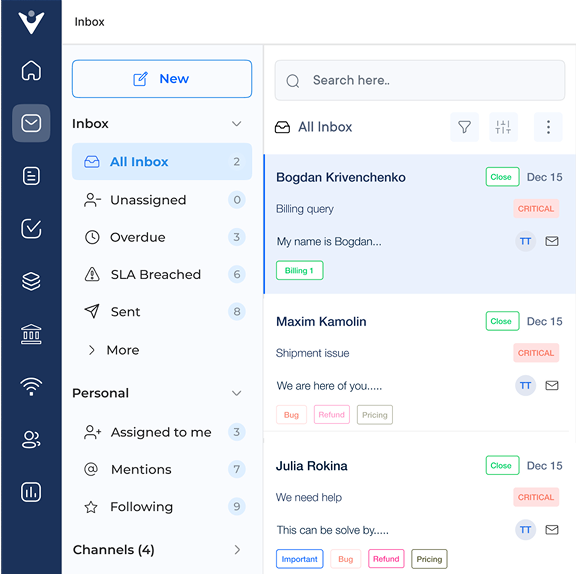The availability of chatbots across multiple channels, such as websites, mobile apps and messaging platforms, ensures that customers can access assistance whenever they need it. Integration with other touchpoints, like the company website and customer support systems, allows for seamless transitions.
Best practices:
- Design chatbots with well-defined conversational flows that anticipate and address common customer needs.
- Ensure chatbots are responsive, accurate and empathetic, providing relevant information in a friendly yet professional manner.
6. Product Catalogs
Product catalogs is one of the essential client touch points during the purchase process, providing comprehensive information and visual representations of a company’s offerings. Online catalogs offer an easy platform for customers to explore products, featuring detailed descriptions and high-quality images/videos that show the products from various angles.
Businesses that also utilize print catalogs must establish clear request or distribution channels, such as opt-in forms or targeted mailings. Integrating print catalogs with online versions, through the use of QR codes or unique URLs, can create a seamless cross-channel experience.
Pro tips:
- Ensure product information is accurate, up-to-date and comprehensive.
- Invest in high-quality visual content that accurately represents the products and entices customers to make a purchase.
- Optimize online catalogs for mobile devices, ensuring a responsive design and fast loading times for a smooth browsing experience.
7. Product Reviews
Product reviews serve as influential consumer touch points during the purchase process, providing valuable insights and experiences from previous buyers. Potential customers can access authentic feedback about the products they are considering by featuring customer reviews on the company’s website. Third-party review platforms, such as Trustpilot or Google Reviews, offer a broader range of opinions, helping customers make informed decisions.
Social media mentions and reviews also play a significant role in shaping customer perceptions, as they often provide real-time feedback. Influencer reviews and endorsements can further impact purchasing decisions, leveraging the trust of industry experts or popular figures.
Best practices:
- Actively encourage customers to leave reviews by sending post-purchase emails, offering incentives, or making the review process simple and accessible.
- Respond to both positive and negative reviews, demonstrating a commitment to customer satisfaction.
- Utilize review data to identify trends, improve products or services and address common customer concerns or praise.
8. Website
A company’s website serves as a critical client touchpoint during the purchase process, acting as a central hub for information, engagement and transactions. Websites should prioritize user-friendly navigation, allowing customers to easily find the information they need. Well-structured product pages with detailed information, including descriptions, specifications, images and videos, help customers make informed purchasing decisions.
Integrating the website with other touchpoints, such as chatbots, customer support and social media, creates a seamless experience. Chatbots can provide instant assistance, while prominent links to customer support channels ensure that help is readily available when needed.
Examples:
- Amazon: Amazon’s website sets the standard for online shopping convenience with its intuitive navigation, personalized recommendations, and streamlined checkout process.
- Sephora: The beauty retailer’s website features product information, customer reviews and virtual try-on tools, enabling customers to explore products with confidence.
- Apple: Apple’s sleek and minimalist website design showcases its products in a visually appealing manner, with clear product descriptions to resources.
Post Purchase Touchpoints
Discover the crucial moments that follow a purchase and shape a customer’s lasting impression. Learn about the post-purchase touchpoints that can enhance customer satisfaction.
9. Upsell/Cross-Sell Emails
Upsell and cross-sell emails serve as valuable customer touchpoints post-purchase as they are aimed to enhance ongoing engagement. The targeted email campaigns focus on offering complementary or higher-end products related to a customer’s recent purchase. Businesses can identify relevant upsell and cross-sell opportunities that align with the customer’s interests by analyzing customer data.
Let’s consider that if a customer purchases a smartphone, a cross-sell email might recommend phone cases, screen protectors, or wireless earbuds. An upsell email could suggest upgrading to a higher storage capacity or a newer model.
Best practices:
- Timing: Send upsell and cross-sell emails at the right moment, such as after the customer has had time to experience their initial purchase.
- Personalization: Use customer data to tailor recommendations, ensuring they are relevant and valuable to the individual recipient.
- Incentives: Offer exclusive discounts, bundles, or loyalty rewards to encourage customers to make additional purchases. Appreciate the value of their ongoing relationship with the brand.
10. Customer Onboarding
Customer onboarding is a critical post-purchase touchpoint that involves guiding new customers through the initial stages of using a product or service. The process is essential for ensuring customer success, reducing churn and enhancing long-term loyalty. Effective onboarding helps customers understand the value of their purchase, learn how to use the product or service effectively and integrate it into their daily lives or business processes.
The onboarding process typically includes a series of touchpoints, such as welcome emails, tutorials, product tours and personalized support. The touchpoints aim to educate, engage and support customers as they familiarize themselves with the product or service.
How to implement:
- Personalization: Tailor the onboarding process to the customer’s specific needs, goals and preferences, using insights gathered during the purchase process.
- Multi-channel approach: Utilize various channels, such as email, in-app messaging and video tutorials, to cater to different learning styles.
- Continuous optimization: Regularly improve the onboarding process based on customer feedback, engagement metrics and user behavior data.
11. Self-Service Resources
Self-service resources serve as valuable customer touchpoints post-purchase, empowering customers to independently find answers and learn more about the offering they have acquired. The resources typically include a knowledge base with frequently asked questions (FAQs), video tutorials and step-by-step guides. Businesses can reduce customer support costs while improving customer satisfaction by providing comprehensive and easily accessible self-service options.
A well-organized knowledge base with searchable FAQs allows customers to quickly find solutions to common issues or questions. Video tutorials provide visual, step-by-step instructions that cater to different learning styles and help customers master product features. Ensuring the resources are easily accessible, mobile-friendly and user-friendly is crucial for their effectiveness.
Best practices:
- Regular updates: Keep the knowledge base, FAQs and tutorials up-to-date with the latest information or tips.
- User feedback: Encourage customers to provide feedback and suggestions on the self-service resources, using their input to improve content quality.
- Multichannel promotion: Promote self-service resources across various channels, such as the website, mobile app and customer support interactions, to increase awareness.
6 Strategies to Identify Customer Touchpoints
Implementing strategies to map out the touchpoint can help gain valuable insights into their preferences and behaviors, enhancing their experience with the brand.
